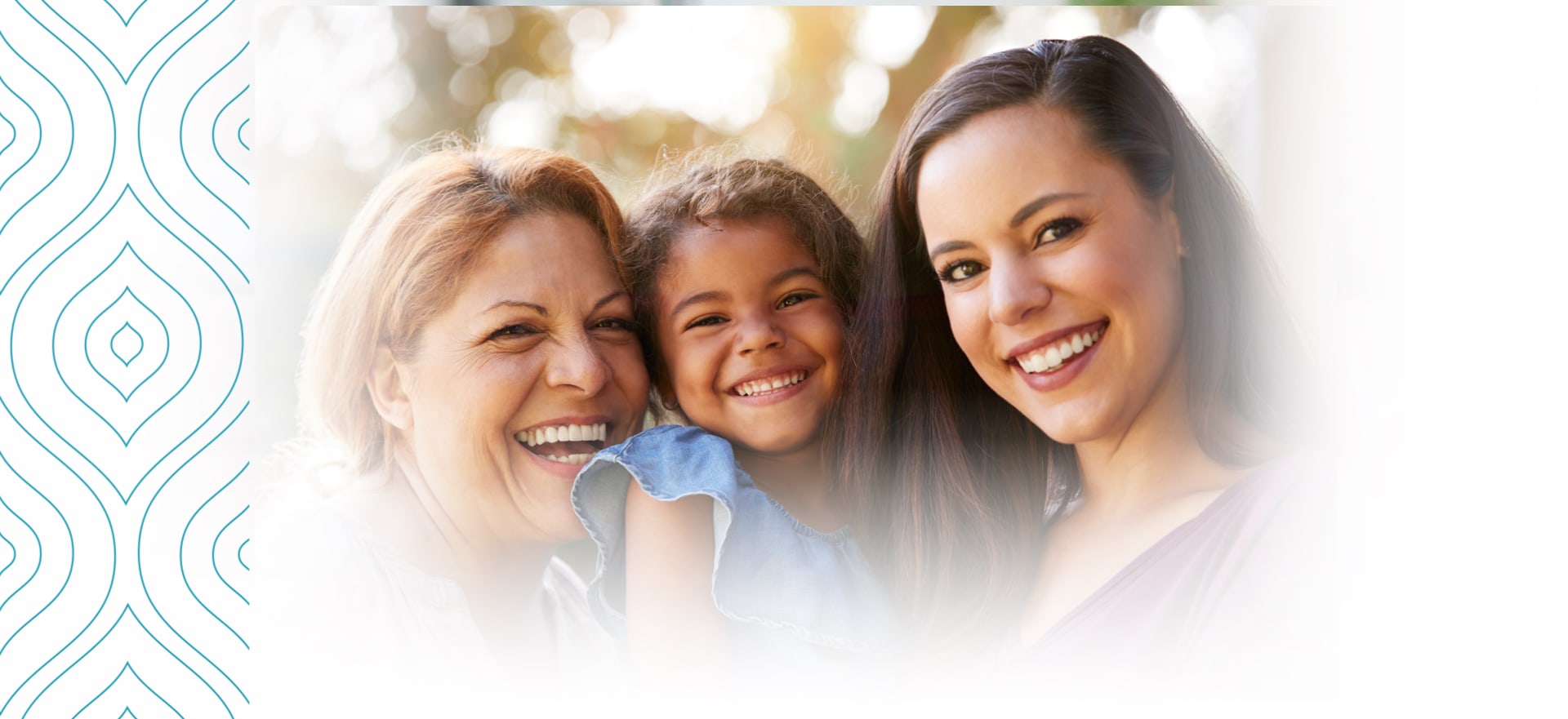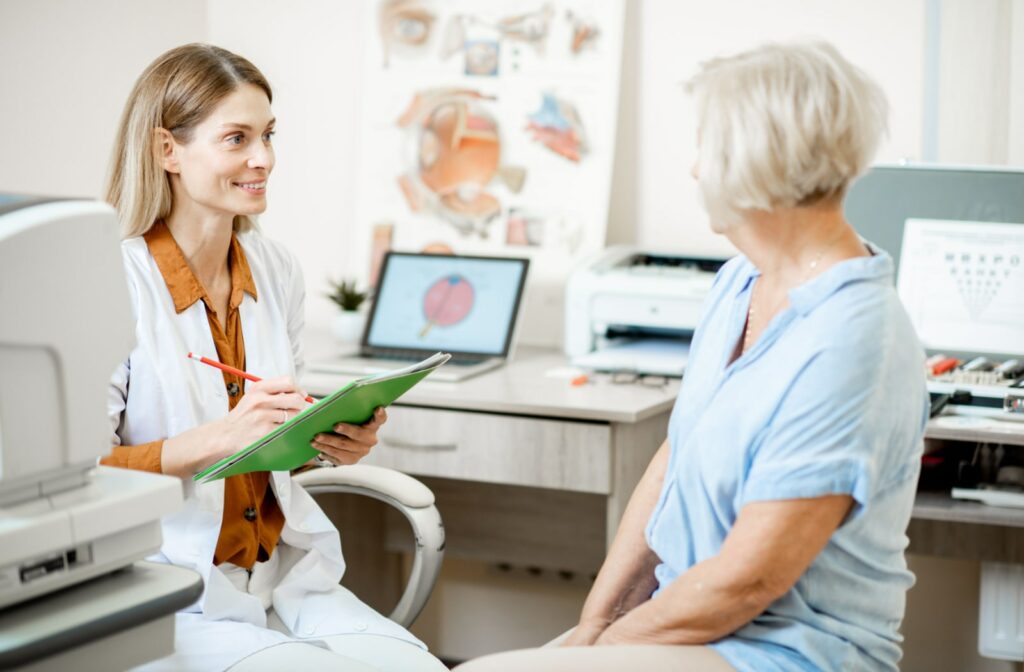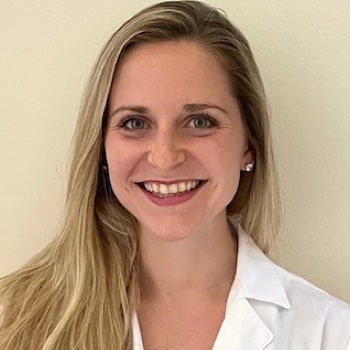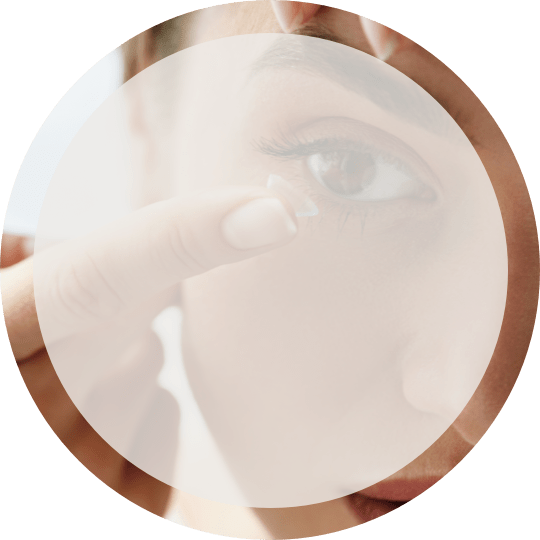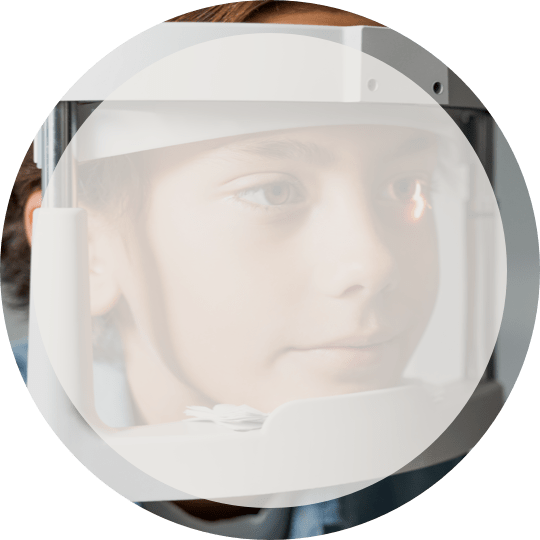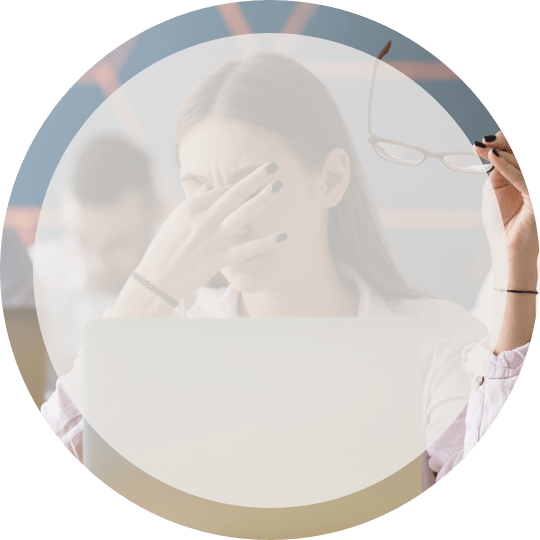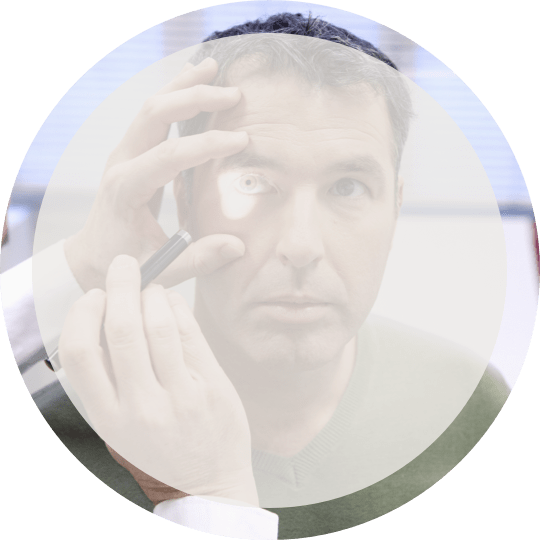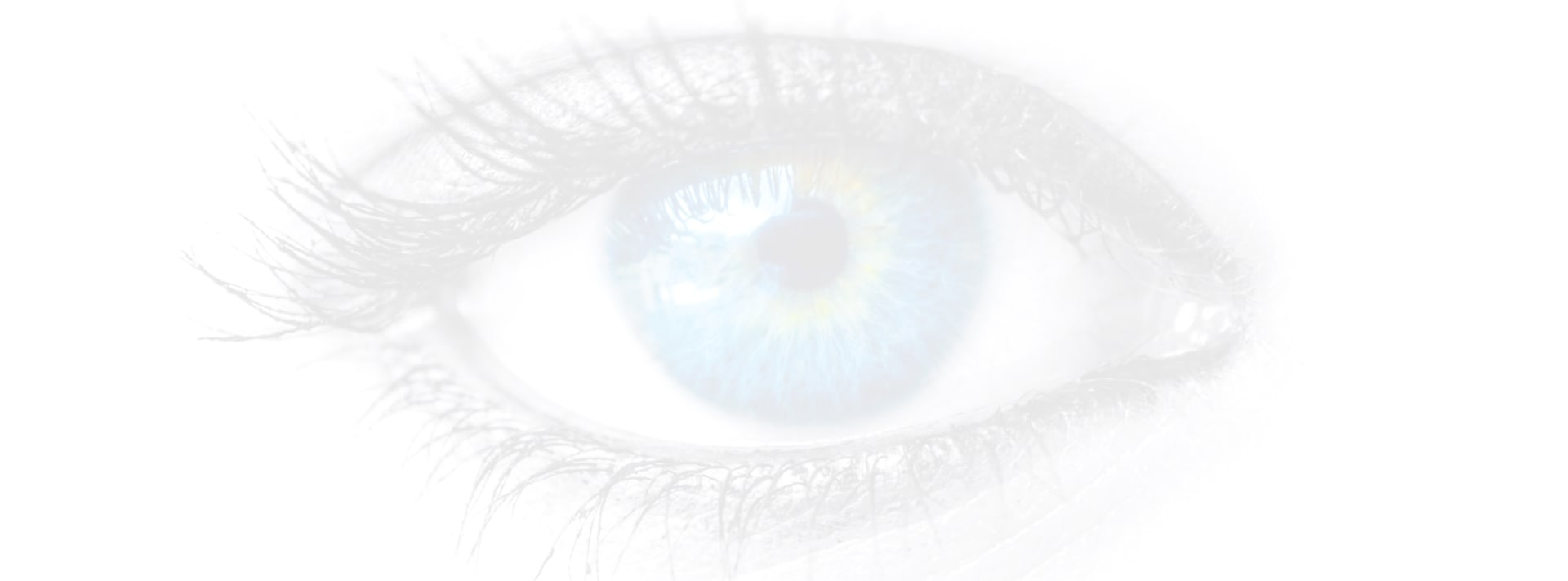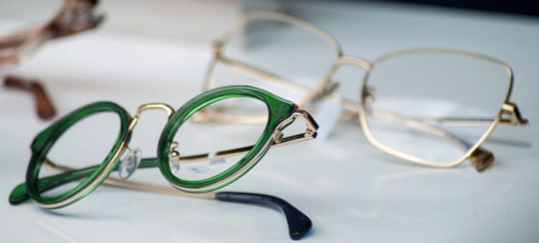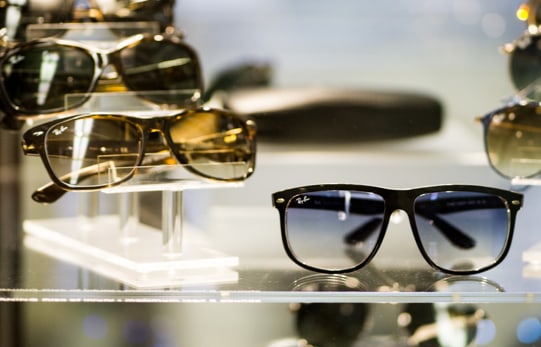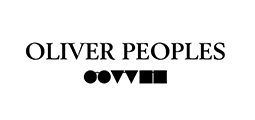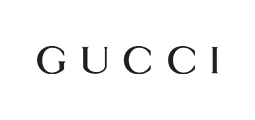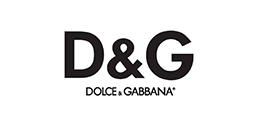Maintaining good eye health is essential for living a happy and fulfilling life. One of the best ways to do that is to have an expert inspect your eyes and vision. Regular comprehensive eye exams may protect against eye diseases and help you to optimize your vision.
Eye exams not only detect vision problems but also provide insight into the overall health of your eyes. It takes some time to achieve this level of comprehensive care, but it’s well worth it to keep you seeing clearly. An average comprehensive eye exam takes 30–60 minutes, depending on the types of tests your optometrist recommends.
The Importance of Regular Eye Exams
Regular eye exams play a crucial role in protecting your eye health. Some eye diseases, such as glaucoma, macular degeneration, and diabetic retinopathy, have no symptoms in their early stages.
However, with regular eye exams, an optometrist can detect early signs inside your eyes before they cause significant damage to your vision. Moreover, eye exams might also detect systemic diseases like diabetes, high blood pressure, and cancer.
According to the American Optometric Association (AOA), children should have their first eye exam between 6–19 months of age and then follow this schedule:
- One exam between ages 3–5
- Yearly exams between ages 6–17
- Exam at least every two years between ages 18–64
- Annual exams for ages 65+
People with a family history of eye disease, diabetes, high blood pressure, or taking medication with side effects that may affect the eyes should have more frequent exams.
How Long Does an Eye Exam Take?
The length of an eye exam depends on several factors, such as your age, medical history, and the type of exam you’re having. Generally, a comprehensive eye exam takes 30 minutes to an hour. However, it could take longer if your optometrist recommends additional testing or treatment.
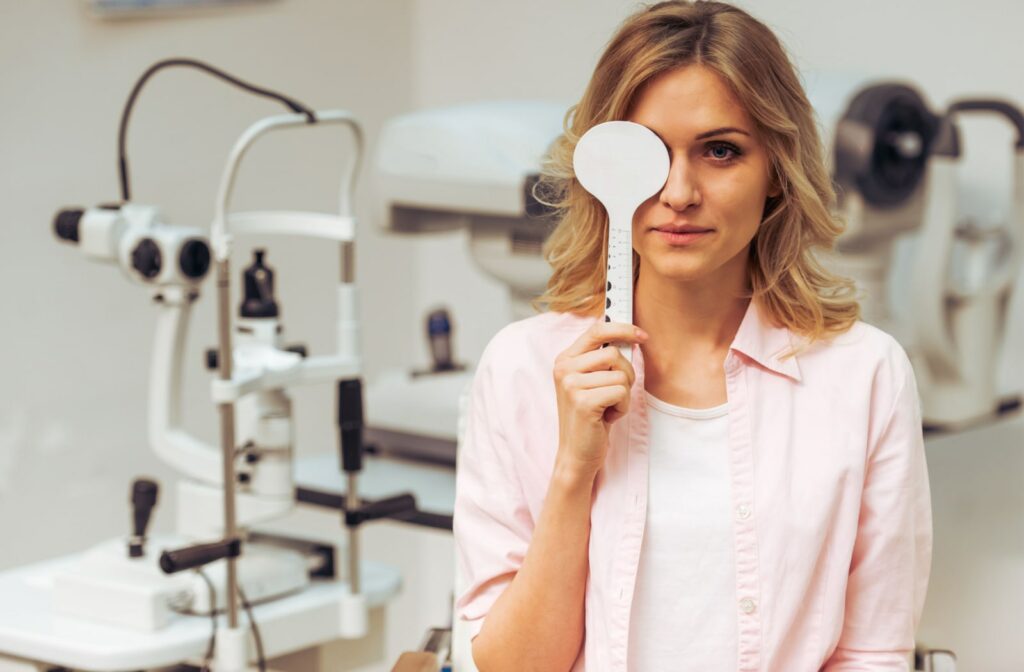
The Eye Exam Process
Your comprehensive eye exam might involve the following tests:
Medical History
The first step in an eye exam is to take a detailed medical and ocular history. Your optometrist may ask about current symptoms, family history of eye disease, medications you are taking, and any previous eye surgeries.
If you visit the same optometrist, they can begin tracking your eye health so that this step might take less time with your family optometrist. Based on this information, a familiar optometrist can also suggest tests more suited to you or your children’s needs.
Visual Acuity Test
The visual acuity test measures how well you see at different distances. Your eye doctor will ask you to read letters or numbers from a chart that gradually becomes smaller. This test helps to determine if you need glasses or contacts to correct your vision.
Refraction Test
The refraction test determines your exact prescription for glasses or contacts. The test involves looking through a series of lenses and telling the eye doctor which ones provide you with the sharpest vision.
Eye Movement and Alignment Test
The eye movement and alignment test measures how well your eyes work together. Your eye doctor will ask you to follow an object with your eyes and check for any misalignment or weakness in your eye muscles.
A problem with eye coordination isn’t always due to weak muscles. Sometimes there’s a communication breakdown between your brain and eye. This is common in young children, who may have conditions such as a lazy eye or crossed eyes that can affect their learning.
Eye Health Exam
The eye health exam involves examining your eyes’ external and internal parts. Your optometrist will use various instruments, such as a slit lamp, to check for any signs of eye disease or abnormalities. In addition, the exam may involve dilating your pupils to get a clearer view of the retina, which temporarily affects your vision and makes your eyes more sensitive to light.
Tonometry
Tonometry uses a device to measure the pressure inside your eyes, an essential factor in diagnosing glaucoma. Your optometrist may use a tonometer that blows a puff of air onto your eye or a device that gently touches your eye’s surface.
Additional Testing
Depending on your medical history and exam results, your eye doctor may order additional testing, such as a visual field test, optical coherence tomography (OCT), or a high-definition retinal photo.
These tests may rule out possible problems or give your optometrist a more in-depth look at your eye health. The more information your eye doctor has, the easier and more accurately they can diagnose eye diseases.
High-Tech Exams for the Whole Family
Regular comprehensive eye exams are crucial for maintaining good eye health and detecting eye diseases in their early stages. While the length may vary, it typically takes 30 minutes to an hour.
Family Vision Care uses high-tech diagnostic equipment to help care for your and your family’s eye health. So if you’re overdue for an eye exam and want comfortable and family-focused care, book an appointment with our team today!

